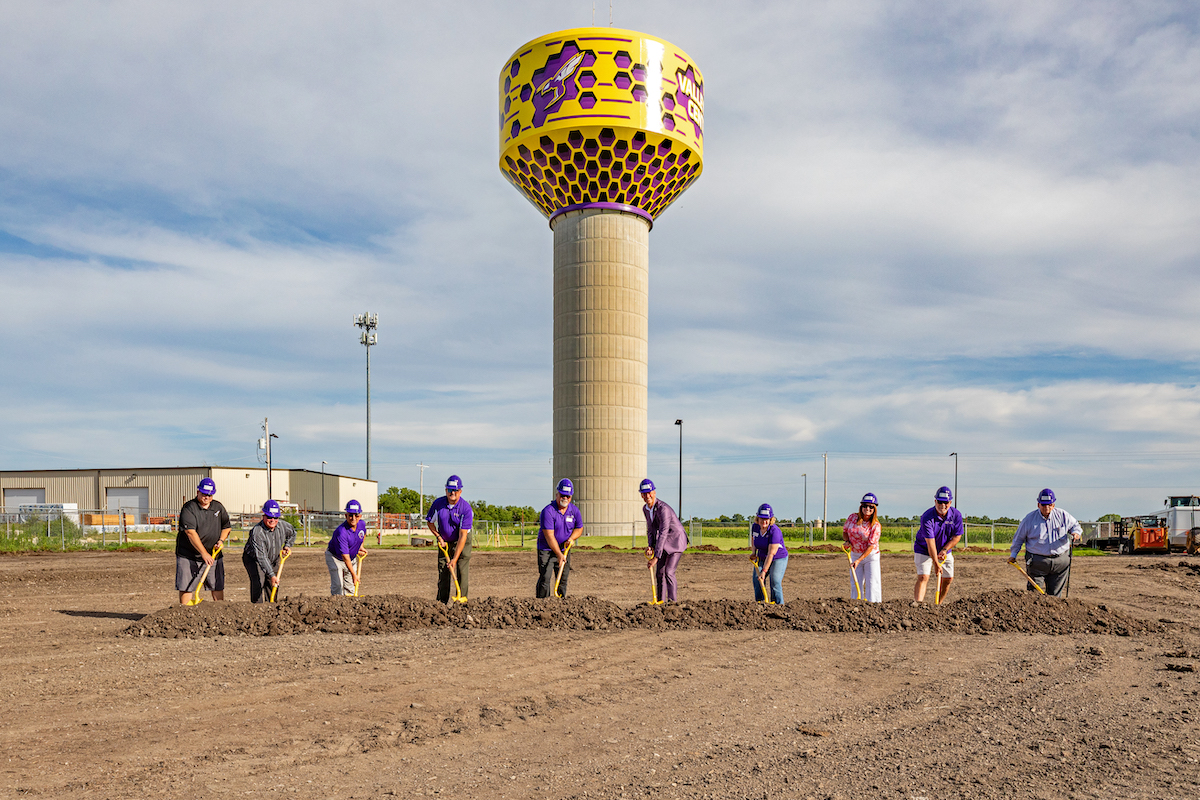Also, trainers must remember their audience – hands-on people who, in their daily work, are crafting, building, and creating. Trainers who account for different learning styles prioritize all types of content, including interactive, gamification, and demonstrations relating to the trainees’ workplace and job. Options include lecture material, micro-training, and proficiency evaluation.
Through feedback, training content should be refined to ensure that the information is understood by all participants, regardless of their educational background or position within the organization. In addition, curriculums should be updated regularly to address evolving regulations and requirements.
Specific content should be created for various training needs like new hire orientation, refresher safety training, and ongoing, routine updates. With the right course offering that is specific to audience needs, training can become a valued resource instead of a dreaded obligation. The best training also creates confidence and community within the organization.
Remember, safety protocols and OSHA training requirements can be documented, but if they are not communicated, they are as valuable as the paper they are printed on.

| Your local Trimble Construction Division dealer |
|---|
| SITECH Central LLC |
Safety culture and the importance of safety training must be recognized and enforced at all levels of an organization.
Experienced safety trainers can make a marked difference in the quality of a safety program, but the culture will never take hold if the entire organization is not bought in. It is imperative to work with or hire safety trainers who are also of this mindset and are willing to do the work to get everyone on board. Safety trainers can facilitate the discussion and illustrate examples of positive safety culture at all levels.
While this may seem like a “nice-to-have,” an investment beyond short-term training requirements will ensure a sustainable and effective EHS program.
Certified Safety Professionals (CSP), Certified Industrial Hygienists (CIH), and Construction Health and Safety Technicians (CHST) have been through extensive training themselves and offer valuable knowledge from on-site experience. Trainers should be evaluated for their expertise on relevant local, state, and federal safety guidelines and specific industry requirements.
On-demand, virtual training has become widespread and is familiar to many in the workforce. It can be time-efficient and is also easily tracked. But, depending on the safety content, live and in-person training may still be the best channel to ensure a safe workplace. If you choose to go the route of a digital platform, an engaging online trainer is especially important to hold the attention of a virtual audience.
Online safety courses can be implemented to meet OSHA and other governmental requirements, so a safety trainer who is educated in a specific industry’s best safety practices is instrumental in creating a lasting safety culture.
Many programs will provide basic completion tracking, but an effective EHS program includes routine proficiency tests conducted by trainers, ensuring that employees are only permitted to perform tasks after being properly trained and evaluated.
By tracking and testing, an organization ensures all personnel are trained on the hazards and specific procedures associated with their job assignment to prevent injury, illness, or other incidents.
Like other key elements in an effective safety training program, proficiency testing can make the difference between safety culture and obligatory training sessions. By tracking and testing for an understanding of safety protocols and guidelines and the ability to implement safety procedures in their job, an organization sets a standard of success where safety is the highest priority.
Their ability to coordinate with the stakeholders responsible for operations also ensures that all pertinent safety guidelines are communicated and followed to the highest standard. Also, by soliciting feedback after every training session, trainers can ensure they are presenting content in an engaging and effective way for all employees.
The most effective safety trainers should provide so much more than the information they impart in a classroom setting. The best educators will engage their audience and inspire their participation. They will also take care in qualifying their expertise following coursework.
And, last but not least, the best safety trainers will work with management to support an organization’s safety culture. The right trainer can serve as the backbone of an organization’s EHS program through tailored content, effective delivery, and their own expertise and experience. Most importantly, trainers are catalysts to a sustainable safety culture.
Safety Management Group (SMG) offers a complete safety training course catalog delivered through a wide variety of channels. To learn more about SMG’s safety training and certifications visit safetymanagmentgroup.com.



































































